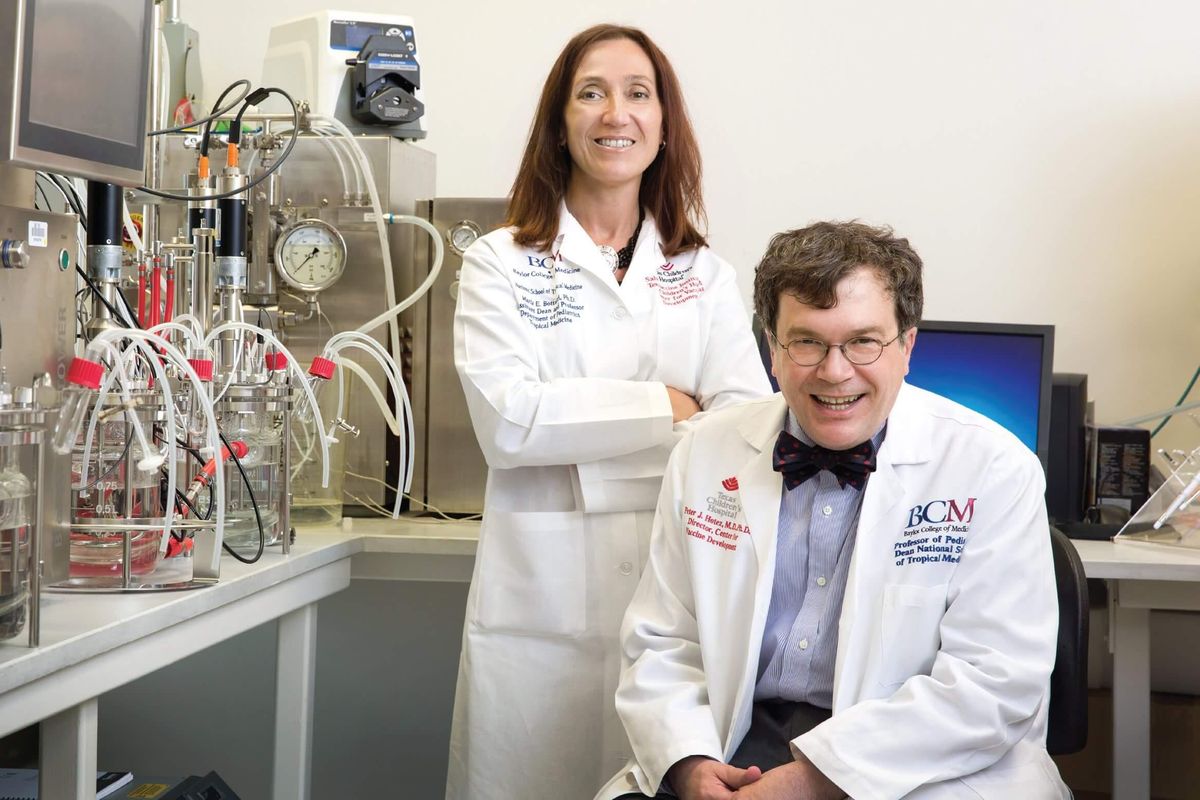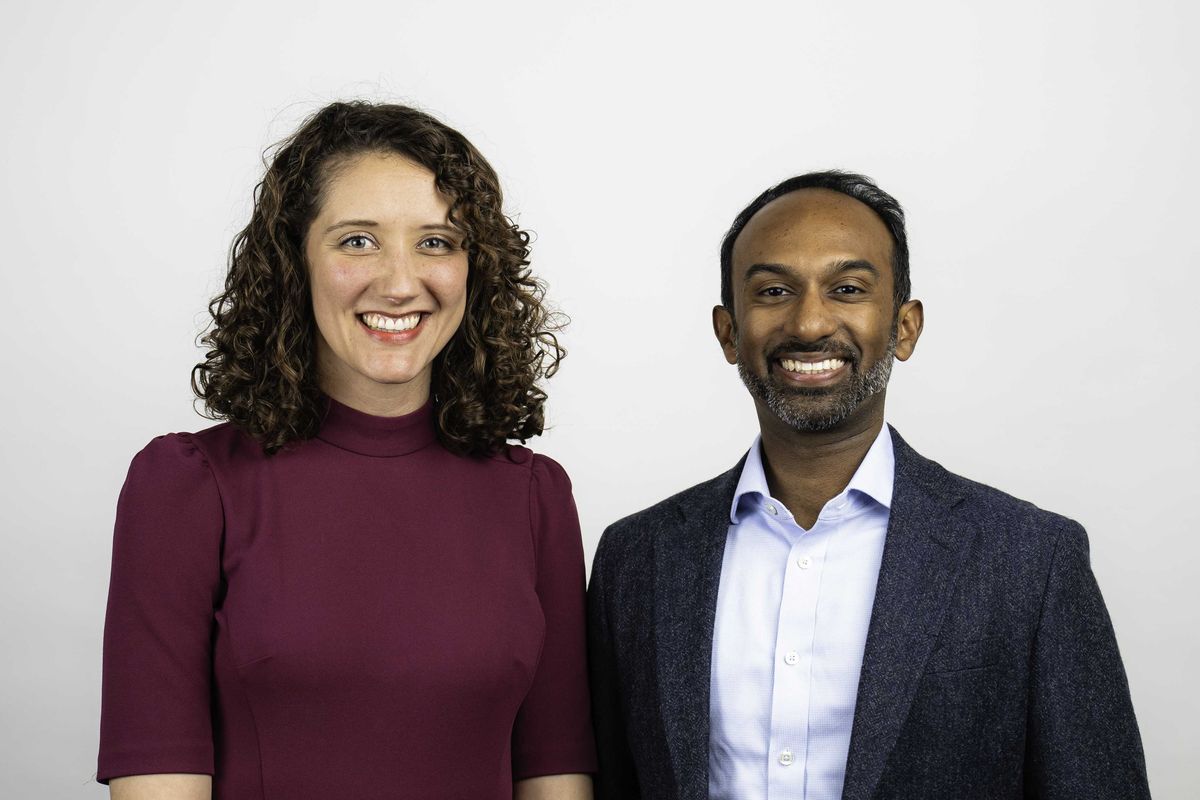Rice University competition doles out nearly $2M in cash prizes to student startups
winner, winner
Rice University brought back its international student startup competition to its in-person format in a big way, giving out nearly $2 million in investment plus thousands more in-kind prizes to over a dozen winning teams.
The 2022 Rice Business Plan Competition took place April 7-9 on campus, ending in a banquet and awards presentation at the Marriott Marquis on Saturday. Earlier this year, Rice announced the 42 student teams competing for the awards. The student competitors represent 31 universities — including three from European universities. The 42 teams were narrowed down from over 400 applicants and divided into five categories: energy, cleantech and sustainability; life sciences and health care solutions; consumer products and services; hard tech; and digital enterprise.
Over 250 judges, mentors, and investors were involved in the competition, naming seven finalists — each receiving thousands of dollars in investment funding.
Here were this year's finalists — and what they walked away with:
- LIDROTEC from RWTH Aachen University, a cutting-edge machine that can better cut microchips for the semiconductor industry, is the big winner this year, taking home the $350,000 GOOSE Capital Investment Grand Prize. The team also won: the Softeq Venture Studio Prize ($50,000 cash, $75,000 in-kind), the TiE Houston Angels Investment Prize ($100,000), RBPC Alumnus, Thomas Healy, Investment Prize ($50,000), the Eagle Investors Prise ($5,000), Best Elevator Pitch - Hard Tech ($500), and RG Advisors CFO Consulting In-Kind Prize. The company also received a $6,700 in-kind prize from BakerBotts and an in-kind $25,000 from RG Advisory. The company's prize totaled over $682,200 in investment and in-kind awards.
- The second place winner was Hoth Intelligence of University of Pittsburgh, an artificial intelligence platform for health care providers, securing a $100,000 investment prize. The company also won the Owl Investment Prize ($155,000), the HAN Investment Prize ($100,000), and the Pearland EDC Spirit of Entrepreneurship Prize ($25,000). The company also received a a $6,700 in-kind prize from BakerBotts. The company's prize totaled $386,700 in investment awards.
- Invitris from the Technical University of Munich — a synthetic biology startup targeting antibiotic-resistant bacteria — won third place, which came with a $50,000 award. The team also won the nCourage Courageous Women Entrepreneur Investment Prize ($40,000), the Best Elevator Pitch - Life Science award ($500), and a $6,700 in-kind prize from BakerBotts. bringing its total earnings to $97,200.
- Winning fourth place and a $5,000 prize was LymphaSense of Johns Hopkins, a medical device startup that's created a wearable lymphedema detection device for at-risk patients. The company also won the TMC Innovation Healthcare Investment Prize ($250,000 and entry into the TMC accelerator) and the Nixon Institute Prize ($3,000). The company's total winnings was $258,000.
- INIA Biosciences from Boston University — a health tech startup that's created a bioelectric wearable device for kidney donor recipients — won fifth place and $5,000 in prize money.
- The sixth place winner was Bold Move Beverages, a canned coffee cocktail company from the University of Texas at Austin, which won $5,000 for placing sixth and $10,000 from the RBPC Alumnus, Thomas Healy, Investment Prize. The company won a total of $15,000.
- Lastly for the finalists, Anise Health of Harvard University, a digital health startups with an inclusive, data-driven platform for culturally-adapted mental health treatment, won seventh place and the $5,000 prize. The company also won first place in the wildcard round, which came with a $2,000 Edward H. Molter Memorial Prize. Anise walked away with $7,000 total.
- Mallard Bay Outdoors from Louisiana State University, an online marketplace for securely booking outdoor activities, won $216,500 in cash and in-kind prizes. The company won the Owl Investment Prize ($65,000), the Softeq Venture Studio Prize ($50,000 cash, $75,000 in-kind), the RBPC Alumnus, Thomas Healy, Investment Prize ($25,000), the Anbarci Family Company Showcase Prize ($1,000), and the Best Elevator Pitch - Consumer ($500).
- TransCrypts from the University of Toronto and Harvard University, a secure blockchain platform for sharing employee documents, won two awards — the Owl Investment Prize ($50,000) and the Best Elevator Pitch - Digital ($500) — for a total of $50,500 in prizes.
- Advanced Optronics of Carnegie Mellon University, a health tech company that develops smart sensors to improve patient outcomes, won two awards — the Pediatric Device Prize ($25,000) and the OFW Law FDA Regulatory Strategy In-Kind Prize — for a total of more than $25,000 in cash and in-kind prizes.
- EpiSLS — a novel medical device startup that's automating in-vivo allergy testing — of the University of Michigan won the $25,000 Pediatric Device Prize.
- Farm-to-closet women's apparel brand Pareto of Stanford University won the $10,000 nCourage Courageous Women Entrepreneur Investment Prize.
- EpiFresh of Rice University, which developed a protective produce coating material that reduces food waste, won three awards for a total of $27,000. The company won the Energy, Cleantech & Sustainability Prize ($25,000), the Anbarci Family Company Showcase Prize ($1,000), and the Overall Best Elevator Pitch ($1,000).
- Mantel of MIT, which is developing a high temperature liquid phase carbon capture material, won two awards for a total of $28,000 in prizes. The company won the New Climate Ventures Investment Prize ($25,000) and the DK Innovation Prize ($3,000).
- Invictus BCI — a health tech startup building a noninvasive brain computer interface tools — from MIT won the the RBPC Alumni Network NABACO Prize for a total of $10,000 in winnings.
- Health care fintech solution Woobie of Brigham Young University won the $25,000 Urban Capital Network Investment Prize.
- KLAW Industries of Binghamton University, which has designed a way to recycle glass into concrete, won the Anbarci Family Company Showcase Prize ($1,000) and the Best Elevator Pitch - Energy ($500) prizes for a total of $1,500 in awards.
- Acorn Genetics of Northwestern University, which is better optimizing genetic data for patients, won second place for the wildcard round, which came with the Edward H. Molter Memorial Prize ($1,750).
- AI-powered stroke prevention platform PLAKK from McGill University won third place for the wildcard round, which came with the Edward H. Molter Memorial Prize ($1,500).




















